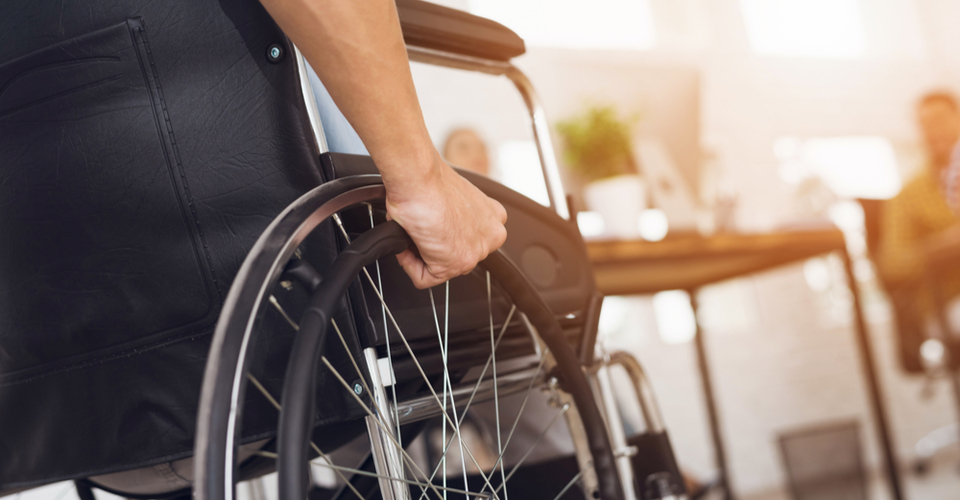If you or anyone in your family is an individual with a disability, you may need additional assistance during a natural disaster or other emergency.
During and after a disaster, there may be limited access to medical facilities and stores that provide your basic needs. Would you be able to make it on your own? Do you have a support network that could assist you during an emergency?
It’s important to think about how a disaster could immediately affect you. But also how it would affect you for several days after.
Make a plan
Ready.gov provides a list of planning steps for individuals with disabilities. This includes:
-
Create a support network. Keep a contact list in a watertight container in your emergency kit.
-
Be ready to explain to first responders that you need to evacuate and choose to go to a shelter with your family, service animal, caregiver, personal assistant and your assistive technology devices and supplies.
-
Plan ahead for accessible transportation that you may need for evacuation or getting to a medical clinic. Work with local services, public transportation or paratransit to identify your local or private accessible transportation options.
-
Inform your support network where you keep your emergency supplies. You may want to consider giving one member a key to your house or apartment.
-
Contact your city or county government’s emergency management agency or office. Many local offices keep lists of people with disabilities so they can be helped quickly in a sudden emergency.
-
If you are dependent on dialysis or other life-sustaining treatment, know the location and availability of more than one facility.
-
If you use medical equipment in your home that requires electricity, talk to your doctor or health care provider about how you can prepare for its use during a power outage.
-
Wear medical alert tags or bracelets.
-
If you have a communication disability make sure your emergency information says the best way to communicate with you.
-
Plan for children with disabilities and people who may have difficulty in unfamiliar or chaotic environments.
Additionally, Ready.gov recommends adding specific emergency kit supplies to meet individual needs. Here are some tips for:
-
People who are deaf or hard of hearing. Consider using a weather radio with text display and a flashing alert. Pack extra hearing-aid batteries. Include a pen and paper – or another type of device – that will allow you to communicate with someone who doesn’t know sign language.
-
People who are blind or have low vision. Mark supplies with Braille labels or large print. Use a communication device that fits your needs, such as a Braille or deaf-blind communication device.
-
People with speech disability. If you use an augmentative communications device or other assistive technologies to communicate, make a plan for how you will evacuate with your devices or how you will replace the equipment if it’s lost or destroyed during the emergency. Plan how you will communicate with others if your device isn’t working, such as with laminated cards with phrases on them.
-
People with a mobility disability. If you use a power wheelchair, purchase an extra battery and have a lightweight manual chair available as a backup. Consider keeping a patch kit, can of sealant, or extra inner tube in your emergency kit for flat tires. Keep an extra mobility device, such as a cane or walker, if you use one.
-
People with sensory disabilities. Plan for supplies unique to each person. This may include items like devices loaded with movies and games, headphones to decrease auditory distractions, comfort snacks, small pop-up tent to decrease visual stimulation, or other personal items that will help create a more comfortable environment.
To jumpstart your emergency kit, check out these First Aid kits.







.png?width=600&name=HSI-CTA-EmergencyCareTraining%20(1).png)











Comments